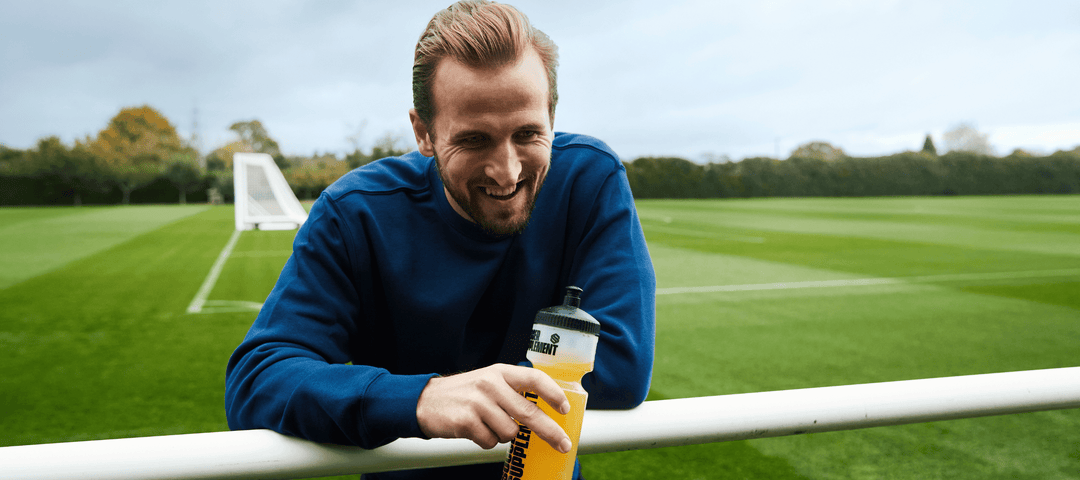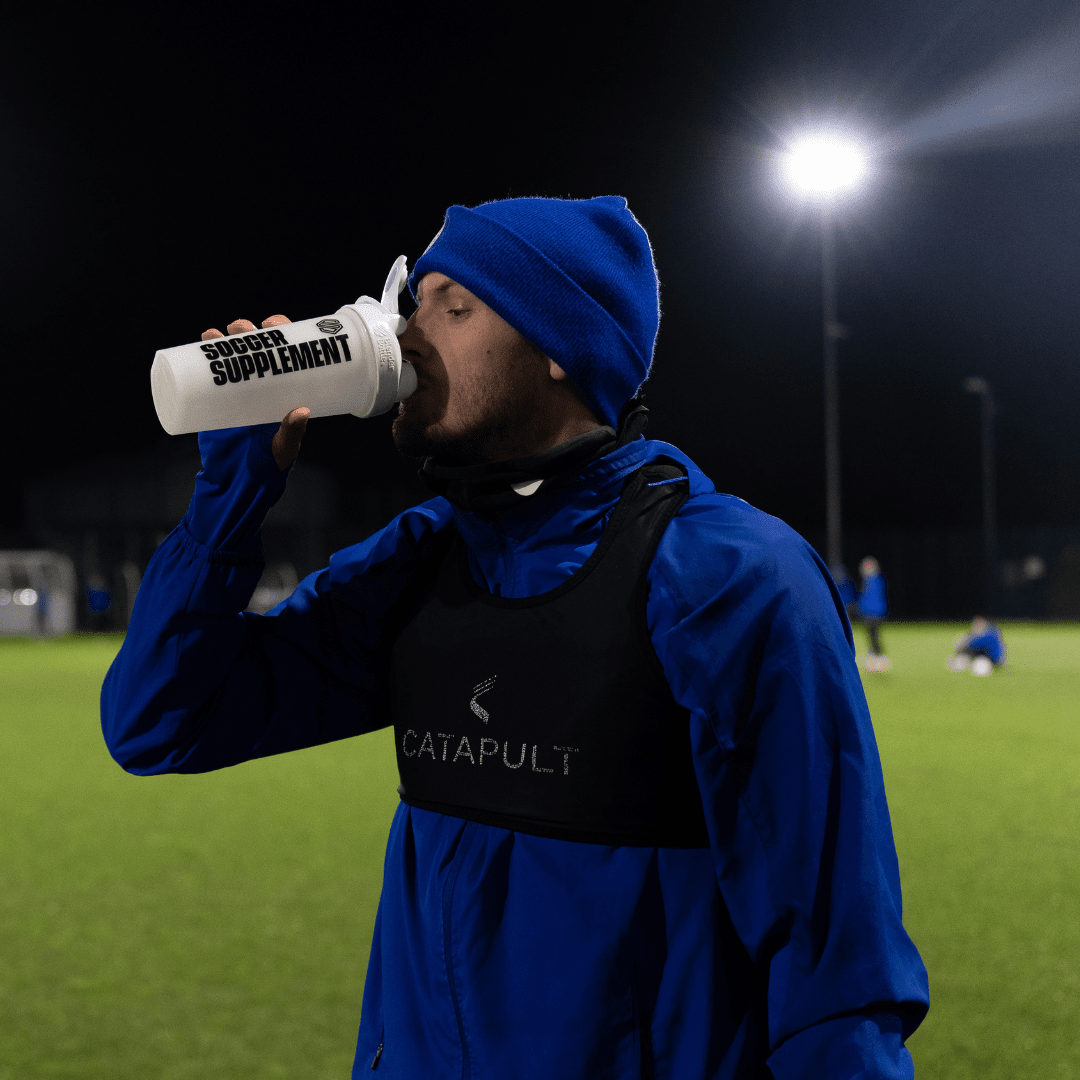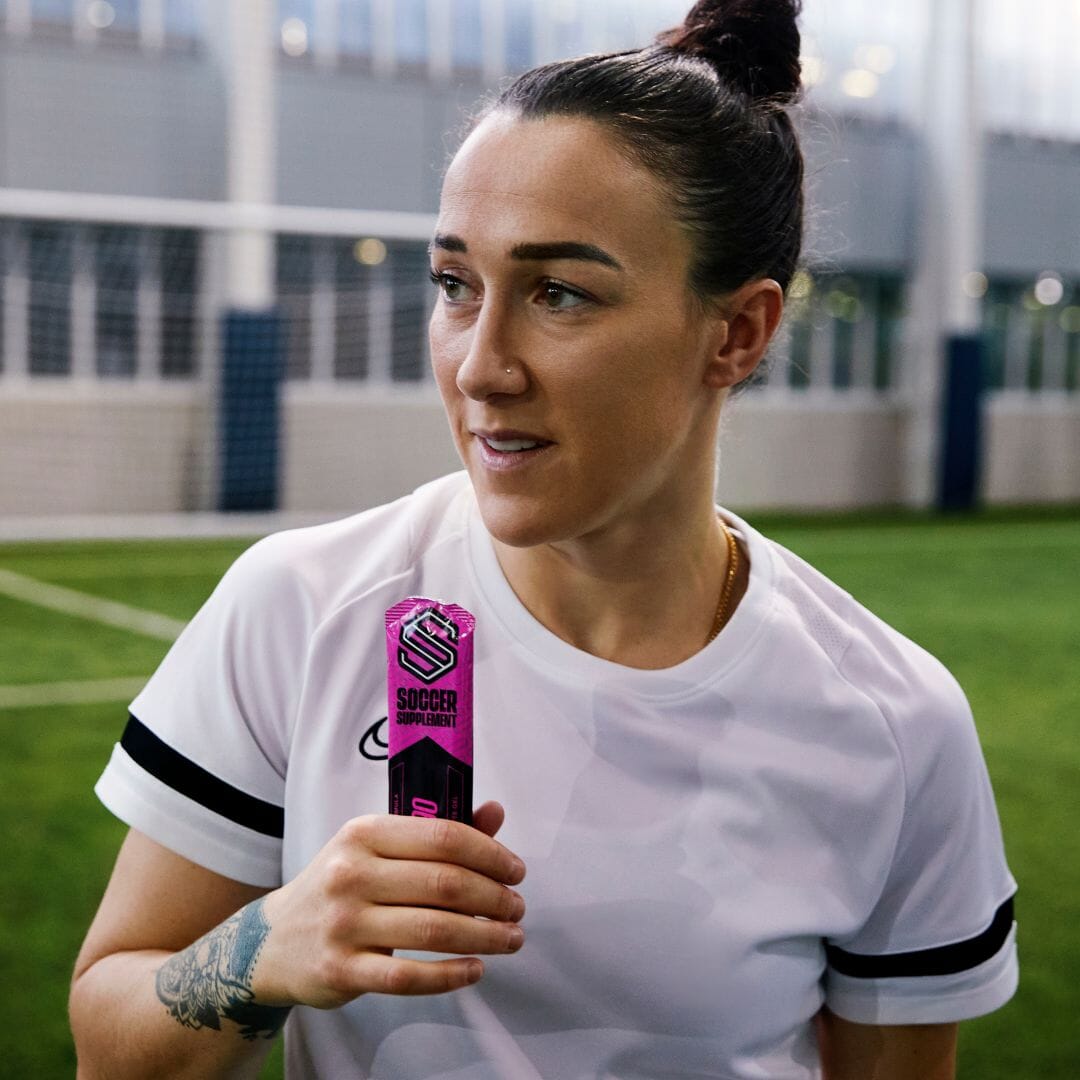Soft tissue injuries such as muscle strains are, unfortunately, an inevitable part of the game of football. Ankle and knee injuries are also common, and you can’t overlook the debilitating effects of the common cold.
Whilst there is no way to prevent all injuries in a contact sport such as football, below we cover five key points to help you reduce your risk of injury and improve your recovery process in the event that you are injured.
1. Adequate Preparation
Adequate physical preparation coupled with sufficient recovery is the best way to prevent injuries, although we would be lying if we said that you can become bulletproof. The nature of team, contact sports is such that injuries through collisions, tackles or unfortunate landings are common. A number of research groups and clubs across the globe have invested great resources into studying injury prevention in recent years, one of the common findings is that regular, professionally supervised strength training can prevent soft tissue injuries.
Adequate recovery between games and following training is obviously critical too, this is where nutrition can play a really important part – refuelling, repairing damaged muscle and rehydrating. Recover90® is a great all-in-one solution that covers a footballer’s recovery needs.
2. The Right Equipment
Boots that fit correctly and with suitable studs, depending on the surface that you are playing on, are really important. The boot will provide you stability and is also what allows you to generate the forces required to sprint and perform football actions, so the boot is most certainly an important element.
The significance of the shin pad is more questionable. A few years ago shin pads were huge and quite literally covered the whole shin. Now, elite players wear very small shin pads, perhaps because they feel the old shin pads are uncomfortable and perhaps not as important to preventing injury as initially thought. They may well take some pain away from a direct kick to the shin though!
3. Nutrition for Health
Simply meeting energy and macronutrient needs will ensure the various physiological systems that support our health and functioning are optimised, from the immune system to bone health. Adequate micronutrition such as calcium and vitamin D can further support the immune system and bone health. While protein intake and in some cases protein and creatine monohydrate supplementation, combined with strength training, can reduce the risk of soft tissue strains.
Meeting your nutritional needs, of both macronutrients and micronutrients, is critical, whether you are playing every week or enduring some time away from the pitch. Providing your body with its nutritional needs will not only help you recover from an injury, but also prepare you for a return to training following a break.
There is growing evidence to support the idea that collagen consumption prior to prehabilitation type exercise can also optimise soft tissue strength and thus reduce injury risk. But with all that being said, it’s important to stress that even the best diet, with the gold standard supplement interventions may not help in mistimed tackle; that’s just the way contact sport is.
4. Nutrition for Recovery
Nutrition plays a really important part in the recovery from injury. We know that sufficient energy is important to support repair processes and failure to meet energy requirements can result in reduced rates of muscle protein synthesis. Exceeding energy requirements on the other hand will obviously result in an increase in body and fat mass, which should be avoided, so careful management of the diet through the recovery from injury is warranted. Sufficient protein to maximise growth and repair processes is important, Omega 3 fatty acids can be useful.
If it’s a soft tissue injury then there is some nice evidence to support the efficacy of collagen supplementation prior to rehabilitation training. Collagen forms an important part of connective tissues, so increasing the rate of collagen production in the body via the consumption of vitamin C enriched collagen can be useful in the repair of these tissues. It is important to note that the timing of collagen consumption is important as the blood flow to these soft tissues is poor. Consuming the collagen roughly 60 mins prior to any form of activity that stimulates blood flow to that area will aid the delivery of collagen peptides to the targeted tissue.
Protein, creatine and collagen supplementation may help in reducing recovery times. But it’s important not to rush the rehabilitation process. Take your time and ensure you get better, stronger each day.
5. A Steady Return to Training
When returning to training after an injury, or following the summer break, energy needs will increase as training duration increases, carbohydrate requirements will also increase as the intensity of training increases. So it is important to adjust serving sizes of carbohydrate rich foods such as oats, pasta, rice, potatoes to reflect the ever increasing demands and intensity of training. These foods are the fuel for intense actions and failure to consume enough can result in fatigue, which can again increase risk of further injury. Where necessary, carbohydrate intake can be supplemented through the use of energy gels, such as Fuel90® or Focus90®. So return to play is all about adjusting the diet to ensure you have the required fuel, in the correct quantity and the right times to perform well and recover from training.
Conclusion
Obviously we hope that you will not need to consider the injury recovery elements of the information listed above, but it is important to note that, whilst injuries are to some extent unavoidable in football, sensible preparation may help to reduce the likelihood of common injuries. And in the event that you do find yourself injured, look after your body, eat for recovery, and take whatever time you need to get back to full fitness.
For more information on reducing your risk of common injuries take a look at our blogs on Hamstring Tears and Ankle Rolls.











